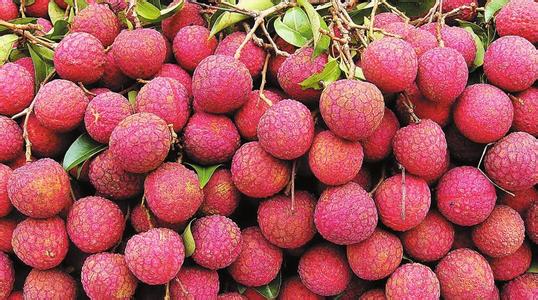BUSINESS
Contact
YDK Industrial Dvpt. Co., Ltd.
Tel: +86-755-25150175 25152883
Fax: +86-755-25152800
YDK Marine Service Co., Ltd.
Tel: +86-755-28411236 89371956
Fax: +86-755-85223483
E-mail:ydk@yudingkang.com
lskscps@163.com
QQ: 2319787991
Website:www.yudingkang.com
Lychee (Litchi)

Our products are good in quality and reasonable in price.
We care what you care.
We owns 3000 square-meters of warehousing storage center to ensure abundant variety and high quantity of goods, which satisfies continuous demands of customers and shorten the delivery time.
We gain customer’s trust by quick response and supreme service during procurement, processing, warehouse, distribution and transportation.
Welcome to order.
Hope we can establish a long-term business relationship with you.
The lychee (Litchi chinensis) (Chinese: 荔枝; pinyin: lì zhī; Jyutping: lai6 zi1; Nepali and Hindi: लीची) is the sole member of the genus Litchi in the soapberry family, Sapindaceae. It is a tropical andsubtropical fruit tree native to the Guangdong and Fujian provinces of China, and now cultivated in many parts of the world.[2] The fresh fruit has a "delicate, whitish pulp" with a floral smell and a fragrant, sweet flavor. Since this perfume-like flavor is lost in the process of canning, the fruit is usually eaten fresh.[3]
An evergreen tree reaching 10–28 metres (33–92 ft) tall, the lychee bears fleshy fruits that are up to 5 cm long and 4 cm wide (2.0 in × 1.6 in). The outside of the fruit is covered by a pink-red, roughly textured rind that is inedible but easily removed to expose a layer of sweet, translucent white flesh. Lychees are eaten in many different dessert dishes, and are especially popular in China, throughout Southeast Asia, along with South Asia and parts of Southern Africa.[3][4]
China is the main producer of lychees, followed by India, with production occurring among other countries in Southeast Asia, the Indian subcontinent and South Africa.[2]
The lychee has a history and cultivation going back to 2000 BC according to records in China. Cultivation began in the area of southern China, Malaysia, and Vietnam. Wild trees still grow in parts of southern China and on Hainan Island. There are many stories of the fruit's use as a delicacy in the Chinese Imperial Court. It was first described and introduced to the West in 1656 by Michael Boym, a Polish Jesuit missionary (at that time Polish–Lithuanian Commonwealth).[5]
